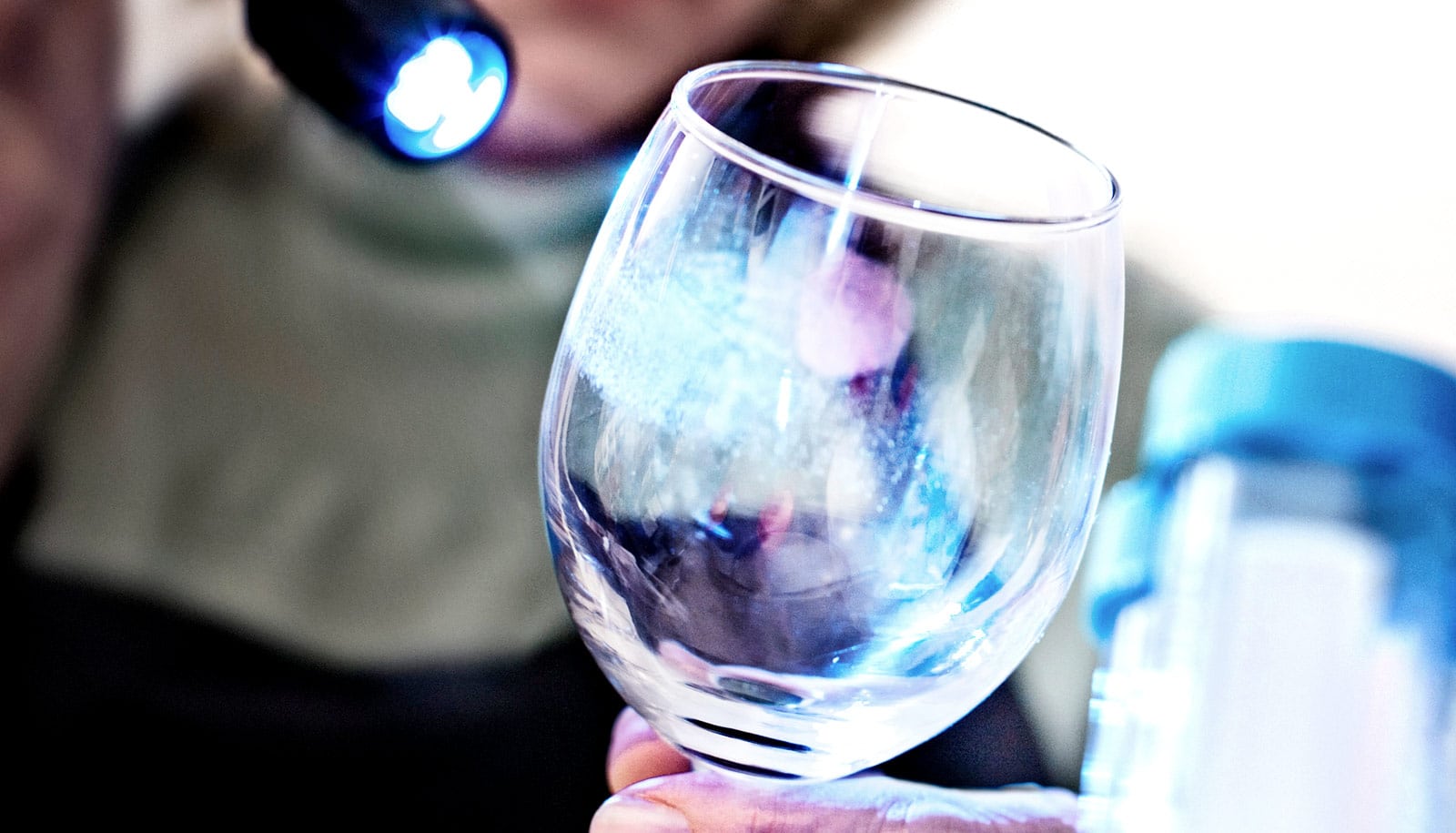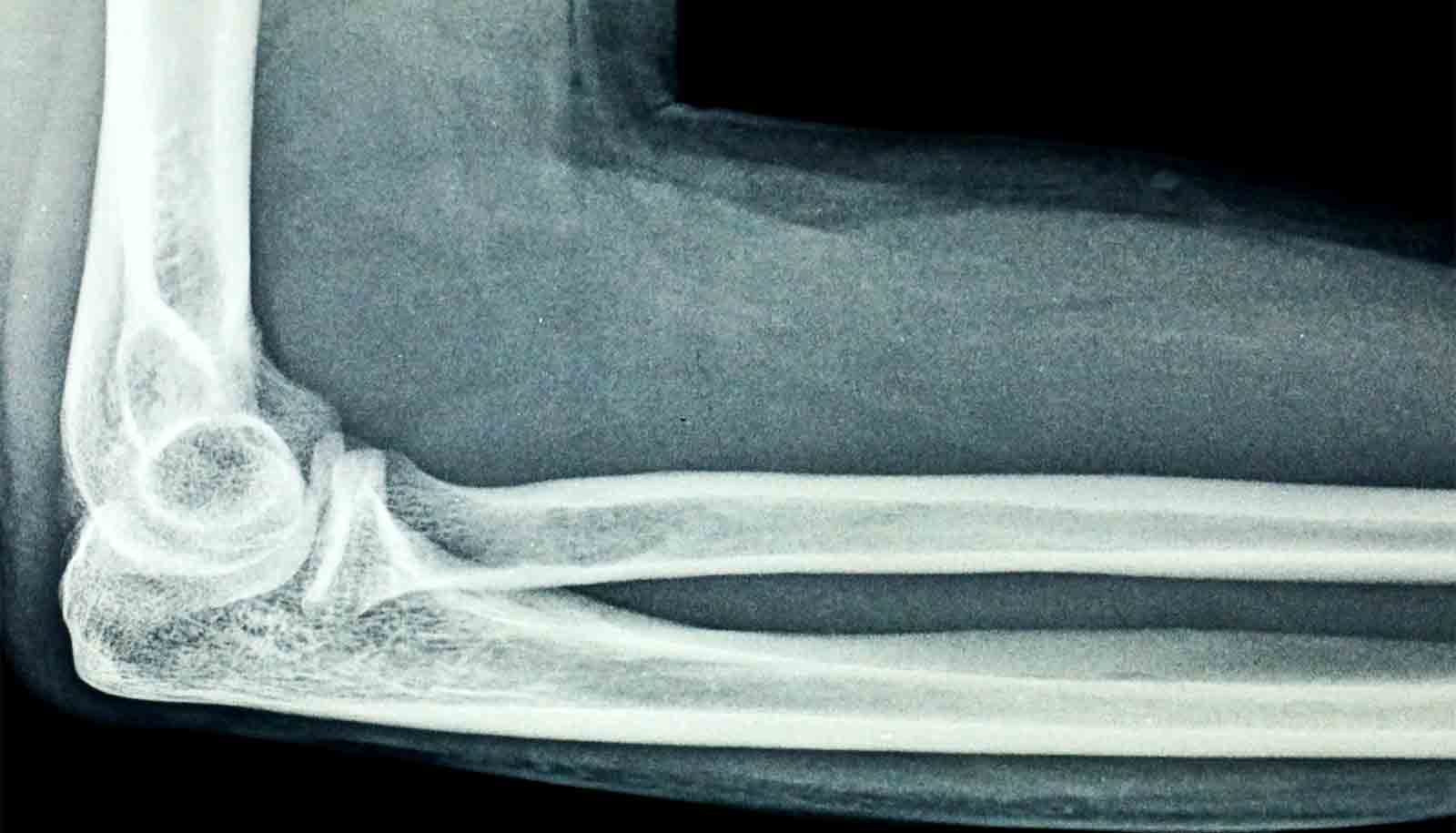The unsaturated fats in fingerprints can reveal their age, a new proof-of-concept study shows.
It’s information that could potentially tie a suspect to a crime scene.
Chemist Paige Hinners was using a computer algorithm to objectively analyze the degradation and spread of fingerprint ridges over time—potentially a way to determine the age of a fingerprint—when she noticed something else in her data. The unsaturated fatty oils in a fingerprint were disappearing from her measurements.
“By measuring how fast it’s decaying, we can come up with an idea of how old it is.”
“If we’re losing them, where are they going?” asks Hinners, who in December completed her doctorate in analytical chemistry at Iowa State University and now works as a senior chemist for Ames-based Renewable Energy Group Inc. She worked on the fingerprint project while she was a graduate student in the research group of Young-Jin Lee, professor of chemistry.
Eventually the research group found answers: As the unsaturated fats—triacylglycerols, to be exact—disappeared from the data, other compounds resulting from reactions with ozone—or ozonolysis—started showing up.
That led to numerous trials and steps to confirm that ozone was causing the degradation of the unsaturated fats in fingerprints. And that led to the conclusion that, with more study, this could turn into a useful tool to determine the age of a fingerprint.
The chemists’ discovery appears in the journal Analytical Chemistry.
The paper describes how the chemists used a tool called matrix-assisted laser desorption/ionization mass spectrometry imaging. It’s technology that uses a laser to analyze compounds left on a surface then records the mass and electrical charge of each component within a sample, such as the various oils in a fingerprint. The imaging tool allowed the chemists to track the degradation of unsaturated oils due to reaction with ozone in the air.
How precise is the technique?
“Right now, we can measure the number of days (since a print was left),” Hinners says. “It’s easy to tell one-day old from fresh. There’s no doubt about that.”
The chemists also tested whether the powder used to make fingerprints visible would affect the ability of mass spectrometry to analyze fingerprint degradation and aging. It turned out the powder did not affect the researchers’ ability to collect data and determine fingerprint aging.
Lee describes the study as a proof-of-concept project, in which the testing included only fingerprints from three people.
The data did show individual differences in the amount of unsaturated oils in fingerprints and the rate of reaction with ozone and resulting degradation, he says. More study is needed to understand the different levels of fatty oils individuals have and how that would affect degradation. The researchers are also looking at how environmental factors such as humidity could affect reactions with ozone.
What else can fingerprints tell us?
The researchers will next study how fatty oils in fingerprints could offer clues about a person’s health and other characteristics.
Though the technique for determining fingerprint aging needs more study, Lee says the concept has been proven: “We can measure decomposition of unsaturated triacylglycerols as a function of time.
“We’ve studied the mechanisms and proved what’s happening. By measuring how fast it’s decaying, we can come up with an idea of how old it is.”
The most exciting part of the project, which began by looking in a different direction?
“When we reproduced this with each person, it was fairly consistent,” says Hinners, who still serves as a resource for Lee’s research group. “And so we learned this might actually tell us how old a fingerprint actually is. This might be the way—that’s exciting.”
The National Institute of Justice supports this research.
Source: Iowa State University


